Results
-
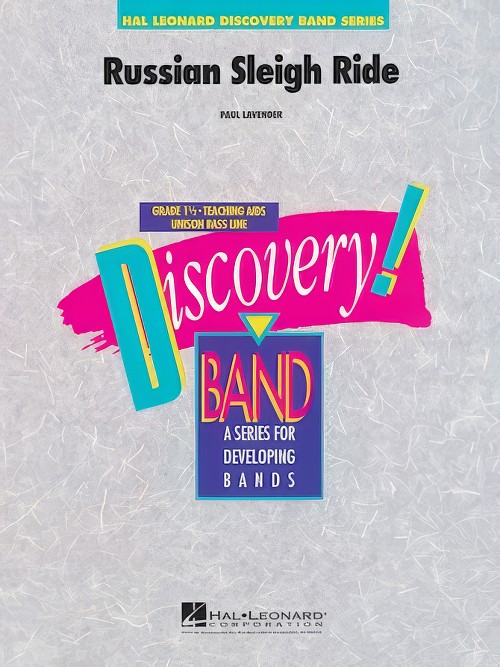 £38.50
£38.50Russian Sleigh Ride (Concert Band - Score and Parts) - Lavender, Paul
A troika refers to a Russian Sleigh drawn by a trio of horses. This piece by Paul Lavender paints a picture of a snowy day in Russia waiting for Grandfather Frost to give presents to children by delivering them in his troika.
Estimated dispatch 7-14 working days
-
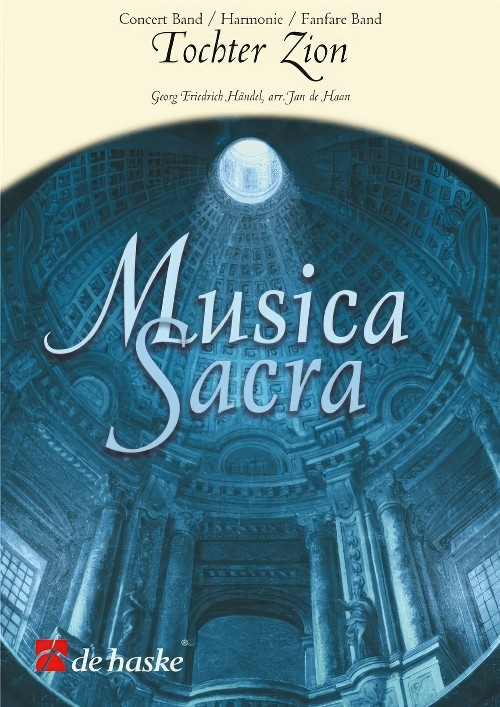 £84.99
£84.99Tochter Zion (See the Conquering Hero Comes) (Concert Band - Score and Parts) - Handel & Tchaikovsky - De Haan, Jan
Tochter Zion, also known as See the Conquering Hero Comes, is the most famous chorus from the oratorio Judas Maccabaeus (1746) by the composer George Frideric Handel (1685-1759). The heroic epic based on the Biblical story about commander-in-chief Judas Maccabaeus, was used by Handel to celebrate the English victory over the rebellious Scottish. The first performance of this patriotic work - written in the pleasing, rich baroque style that Handel's music is known for - was conducted by himself; the success was huge. The chorus See the Conquering Hero Comes was added later, in 1748, drawn from another oratorio (Joshua).Duration: 2:30
Estimated dispatch 7-14 working days
-
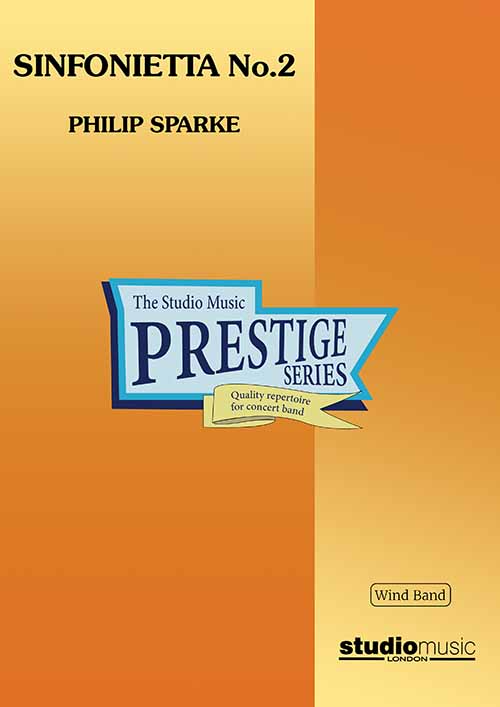 £164.95
£164.95Sinfonietta No.2 (Concert Band - Score and Parts) - Sparke, Philip
Commissioned by the National Youth Orchestra of Great Britain and first performed by them on 6th August 1992.1. Overture: VivaceA bustling opening movement in sonata form. After an introduction in which a syncopated theme is tossed around the band, the first subject proper gives way to a more legato second theme. A scherzando bridge passage leads to the recapitulation.2. Serenade: Lento ExpressivoA short introduction leads to a sonorous theme from the middle of the band. A slightly more rhythmic central 5/8 section leads to a short cadenza-like duet for two alto saxes which reintroduces the opening of the movement.3. Finale: Molto VivaceA fast and furious finale which fails to settle long enough for a real theme to develop as motivic ideas are thrown from player to player. Eventually a violently syncopated tune emerges from the middle of the band but this is interrupted by a reflective interlude. In time the faster music returns and the movement hurtles to a close.Duration: 16.10Recorded on QPRM124D MIGHTY VOICE, Great British Music for Wind Band Vol.3
Estimated dispatch 7-14 working days
-
 £32.95
£32.95Sinfonietta No.2 (Concert Band - Score only) - Sparke, Philip
Commissioned by the National Youth Orchestra of Great Britain and first performed by them on 6th August 1992.1. Overture: VivaceA bustling opening movement in sonata form. After an introduction in which a syncopated theme is tossed around the band, the first subject proper gives way to a more legato second theme. A scherzando bridge passage leads to the recapitulation.2. Serenade: Lento ExpressivoA short introduction leads to a sonorous theme from the middle of the band. A slightly more rhythmic central 5/8 section leads to a short cadenza-like duet for two alto saxes which reintroduces the opening of the movement.3. Finale: Molto VivaceA fast and furious finale which fails to settle long enough for a real theme to develop as motivic ideas are thrown from player to player. Eventually a violently syncopated tune emerges from the middle of the band but this is interrupted by a reflective interlude. In time the faster music returns and the movement hurtles to a close.Duration: 16.10Recorded on QPRM124D MIGHTY VOICE, Great British Music for Wind Band Vol.3
Estimated dispatch 7-14 working days
-
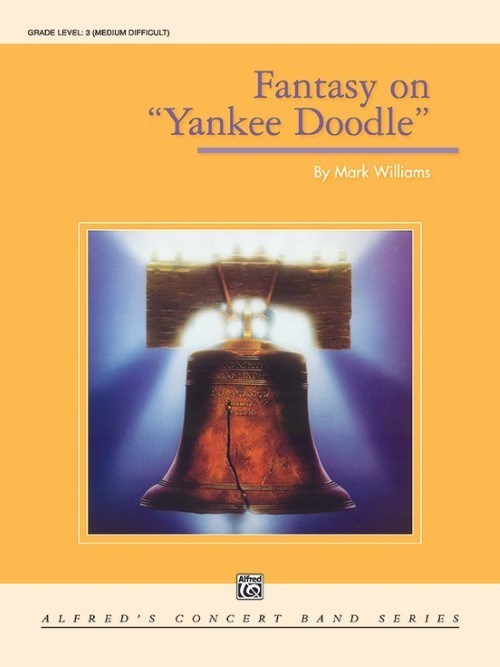 £87.50
£87.50Fantasy on Yankee Doodle (Concert Band - Score and Parts) - Williams, Mark
This is a refreshing and exciting work! Yankee Doodle seems like such a simple melody, but it's amazing how well Mark Williams develops it using a set of variations. Although opened by a humorous statement of the theme by solo tuba, you'll soon find that this is not a novelty piece . . . the varied styles and moods are displayed in well-written music that is perfectly held together by the original theme. Excellent! Duration: 6.15
Estimated dispatch 7-14 working days
-
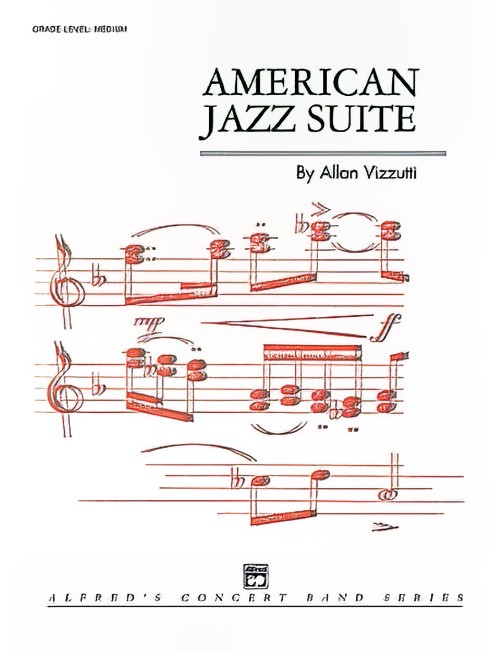 £73.50
£73.50American Jazz Suite (Trumpet Solo with Concert Band - Score and Parts) - Vizzutti, Allen
This spectacular work by trumpet virtuoso Allen Vizzutti features your trumpet soloist in the jazz idiom without losing accessibility to your Concert Band students. The opening begins with a trumpet cadenza using half valves, bending notes and timbre changes accompanied by stop chords in the band. An easy swing section follows with a groove established by the low brass, low woodwinds and percussion. The up tempo second movement features the soloist using a plunger mute. There's great interplay between the soloist and band in this exciting feature for your star trumpet player! Duration: 4.30
Estimated dispatch 7-14 working days
-
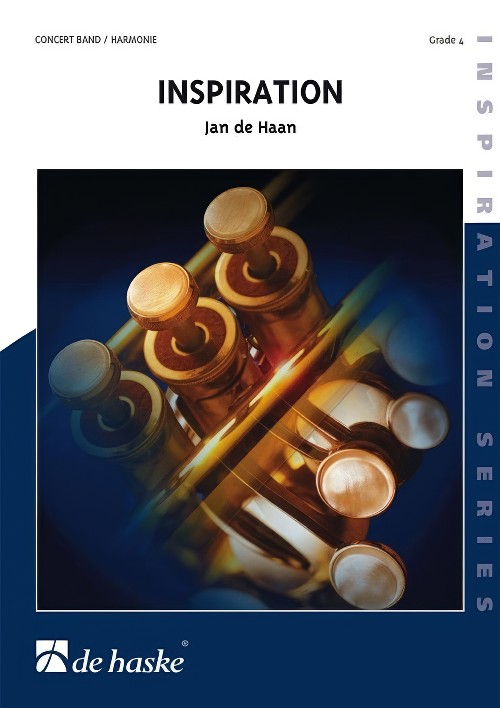 £139.99
£139.99Inspiration (Concert Band - Score and Parts) - De Haan, Jan
Inspiration was commissioned by the Solothurnischer Kanotonal Musikverband in Switzerland in 1993. The composition begins with an A-theme written in a Phrygian tonality and, after an enormous climax, moves on into a quicker B-section, characterized by the use of wide interval jumps. Then follows the development in which both themes return individually and together. Peace and quiet is restored in the slow middle movement, based on the B-theme. The movement comes to a close with a tutti B-theme, brutally interrupted by fragments from the A-theme. Without a break, the final movement of this contrastive piece develops from these fragments. The theme of this extremely rhythmical closing movement is built up of elements from the A-theme, whilst the B-theme (from the slow middle movement) returns in full once more. Before the piece comes to a close in a resounding fortissimo, the cornet soloist performs the A-theme from the back of the auditorium, to special effect.Duration: 10:00
Estimated dispatch 7-14 working days
-
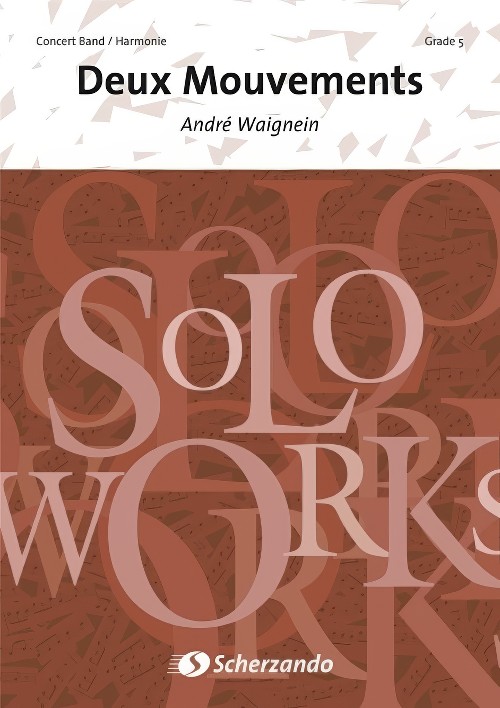 £154.99
£154.99Deux Mouvements (Alto Saxophone Solo with Concert Band - Score and Parts) - Waignein, Andre
Early in 1989 Jean Baily, director of the Royal Conservatoire in Bruxelles, asked his very close friend Andre Waignein to compose a piece which could be performed by the conservatoire's saxophone class. Andre Waignein was readily agreeable. Not only was his father a saxophone player, but himself felt strongly attracted to the instrument and he was further encouraged into accepting the commission by his friend Alain Crepin, saxophone teacher at the Bruxelles Conservatoire.The piece he composed consists of two movements, hence the title. An elegy is expressed by means of a melody which is full with pronounced magnanimity, full of spectacular musical freedom enabling the soloist to express himself to the full. In this movement the melodic element is of the utmost importance.The capriccio, the second movement is musically disconcerting. The band's accompaniment is particularly important. Due to the high notes, the soloist brings this capriccio to a close with enthusiastic virtuosity.Duration: 9:15
Estimated dispatch 7-14 working days
-
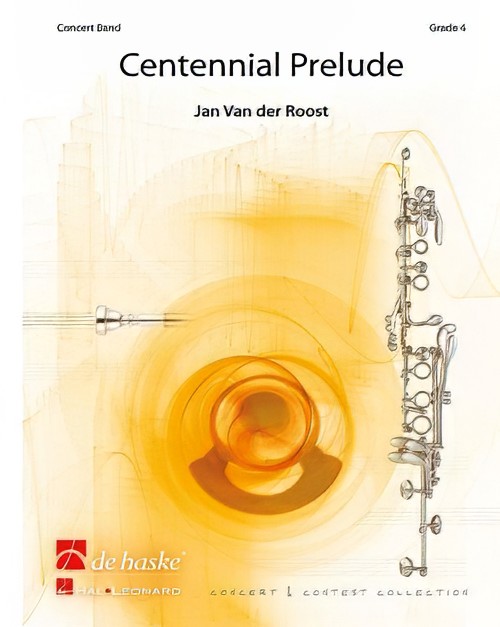 £89.99
£89.99Centennial Prelude (Concert Band - Score and Parts) - Van der Roost, Jan
This short opening music was composed on commission of the symphonic band of Jan Van der Roost's village (= Kontich near Antwerp / Belgium). In 1991, this community band celebrated its 100th anniversary. After composing commissioned pieces from different countries (even from Japan), this was the most 'near' commission he ever received indeed! It is a short but varied piece, featuring all sections of the band. After a short introduction, played by the brass instruments, a crisp rhythm starts and boxes the main theme. After a second theme, played by brass and percussion, a short melodical passage brings some 'rest'. At the end, the fanfare of the introduction reoccurs. Although this "Centennial Prelude" isn't a really demanding piece, it sounds colourful and energetic. It has been recorded on CD by the band of the 'Royal Dutch Airforce' and the 'Desford Colliery Brass band'.Duration: 3:30
Estimated dispatch 7-14 working days
-
 £174.99
£174.99Mexican Pictures (Concert Band - Score and Parts) - Cesarini, Franco
Your band will love getting acquainted with Mexican Pictures, a suite in four movements based on Mexican folk music. The first movement, El Butaquito, is based on a very lively folk-song of the same name and is characterised by its many contrasting rhythms. The second movement, Romance Mejicano, creates a peaceful and romantic atmosphere. The title of the third movement, Ballaviejo, means 'Antique Dance', in which the word antique refers to the rhythms that were taken to America by Africa's black population. La Charreada, the final movement, depicts the popular Mexican Rodeo, where the action in the arena is usually supported by instrumental ensembles, the so-called 'Mariacchi'.Duration: 14:30
Estimated dispatch 7-14 working days
